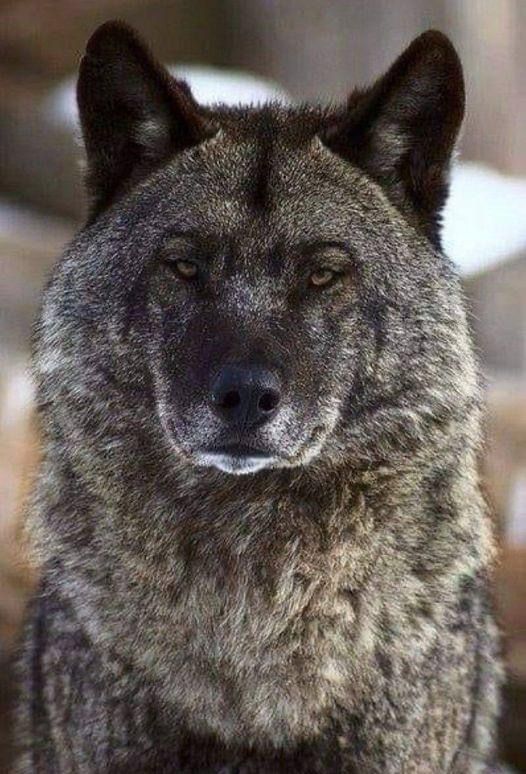9 Super Interesting Facts About Wolves
Nine Fascinating Facts About Wolves:
- The Wolf Species: Wolves belong to two main species: the gray wolf and the red wolf. Gray wolves further branch into various subspecies such as the Rocky Mountain gray wolf, Great Plains gray wolf, Mexican gray wolf, Eastern wolf, Russian gray wolf, African gray wolf, and Iberian gray wolf.
- Social Nature: Wolves are highly social creatures that organize themselves into packs. These packs essentially function as family units, typically consisting of a male (referred to as the alpha male), a female (the alpha female), and their offspring. Once the pups reach maturity, usually around 1 to 3 years old, they depart to establish their own packs.
- Howling Behavior: Contrary to the popular image of wolves howling at the full moon, this behavior is largely a myth. Wolves do howl but not specifically at the moon. Instead, they employ howling as a means of communication within their pack or to deter rival wolves from their territory. Impressively, a wolf’s howl can be heard from distances of up to 10 miles. In their communication, wolves employ a variety of sounds, including whining, growling, snarling, yelping, and barking, paralleling the ways dogs communicate with each other.
- Lifelong Mates: Wolves are one of the few animal species that mate for life. Within wolf packs, a social hierarchy is established, and it typically revolves around an alpha pair of wolves that mate and reproduce, forming a formidable partnership.

- Impressive Paws: The dimensions of wolf paws are notable, often surpassing those of many dog breeds. A wolf’s paw can measure approximately 4 inches in width and 5 inches in length, making them comparable in size to the largest domestic dog breeds, such as Bernese Mountain Dogs and Great Danes.
- Massive Creatures: Gray wolves are among the largest members of the canid family, which encompasses domestic dogs, coyotes, dingoes, jackals, and foxes. They can reach heights of about 3 feet at the shoulder and measure up to 5 feet in length, excluding the tail, with weights of up to around 180 pounds. The Mackenzie Valley wolf, a subspecies of the gray wolf, holds the title of the largest wolf type.
- The Endangered Red Wolves: Red wolves faced extinction in the wild in 1980. However, a reintroduction program has helped bolster their numbers. Currently, only 20–23 red wolves are estimated to exist in the wild, and they are solely found in North Carolina. Their dwindling numbers are attributed to habitat destruction, interbreeding with coyotes, hunting, and human-wildlife conflicts.
- Dogs’ Wolf Connection: Your beloved pet dog shares an astonishing genetic similarity to its wolf ancestors, with a DNA overlap of approximately 99.8%. This genetic resemblance makes dogs and wolves more alike than different, though it’s worth noting that dogs of different breeds are more akin to each other than to wolves. In fact, wolves and dogs are classified as subspecies of Canis lupus, signifying that they belong to the same species. In the past, they were classified as distinct species: Canis lupus familiaris (dog) and Canis lupus lupus (wolf).

- Dog Breeds Closest to Wolves: While some dog breeds closely resemble wolves in appearance, there are others that exhibit this genetic connection despite their dissimilar appearances. Recognizable wolf-like breeds include Siberian Huskies, Afghan Hounds, Basenjis, Chow Chows, and Akitas. Surprisingly, there are breeds like Shih Tzus, Pekingese, Lhasa Apsos, Shar-Peis, and Salukis that share a genetic proximity to wolves despite their apparent differences in appearance. This revelation underscores the remarkable similarities between our cherished pet dogs and their ancestral wolf counterparts.
It’s truly fascinating to explore the extent of the kinship between dogs and wolves, considering that wolves serve as the ancestors of our beloved canine companions
Source : The Dodo






